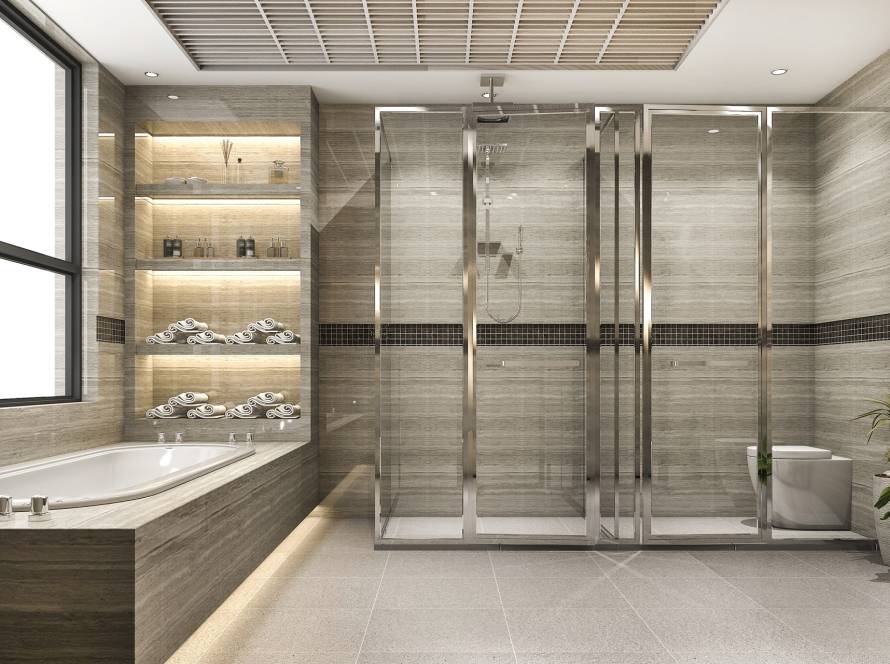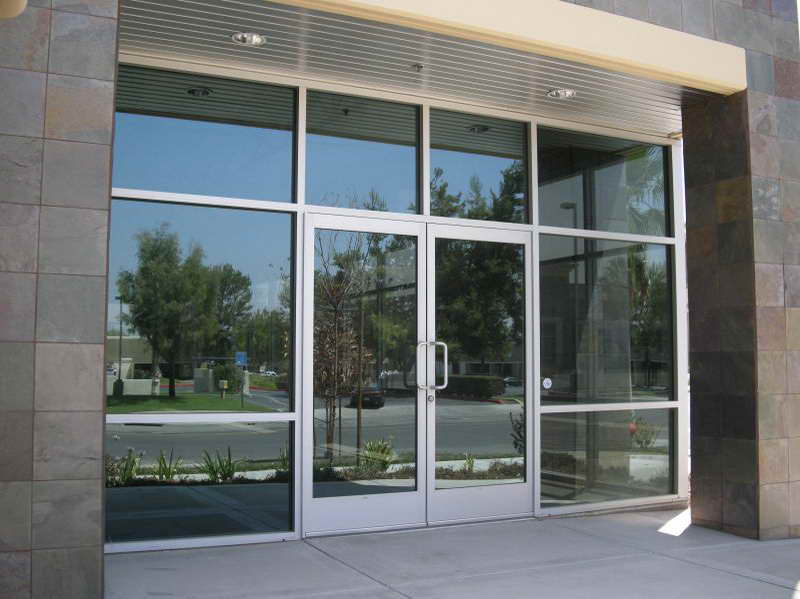Selecting the right glass for your project is crucial to achieving the desired aesthetic, functionality, and safety. With various types of glass available, understanding their properties and applications can help you make informed decisions. Here’s a guide on how to choose the right glass for your project.
1. Identify the Purpose
Before selecting glass, determine its intended use. Are you looking for decorative glass for a façade, functional glass for windows, or safety glass for high-traffic areas? Understanding the purpose will help narrow down your options.
2. Consider the Types of Glass
Familiarize yourself with the different types of glass available, including:
- Float Glass: Basic glass used in windows and doors.
- Tempered Glass: Heat-treated for increased strength and safety; ideal for shower doors and glass partitions.
- Laminated Glass: Consists of two or more layers bonded with a plastic interlayer; excellent for safety and sound insulation.
- Insulated Glass: Composed of two or more panes separated by a space filled with argon gas; energy-efficient and reduces heat loss.
- Low-E Glass: Coated to reflect infrared light, improving energy efficiency; great for windows in hot or cold climates.
3. Evaluate Aesthetic Considerations
The visual aspect of glass can impact the overall design of your project. Consider factors like color, texture, and opacity. Clear glass offers transparency, while frosted or tinted options provide privacy and aesthetic appeal. Think about how the glass will complement the surrounding materials and colors.
4. Assess Safety and Security Requirements
For projects in high-risk areas, safety should be a priority. Choose laminated or tempered glass to minimize the risk of injury in case of breakage. Additionally, consider the thickness of the glass for security purposes, especially in areas vulnerable to break-ins.
5. Energy Efficiency and Insulation
If your project involves windows or doors, energy efficiency is vital. Look for insulated or Low-E glass, which helps maintain indoor temperatures and reduces energy costs. These options can significantly enhance comfort while lowering heating and cooling expenses.
6. Budget Considerations
Finally, consider your budget. While higher-quality glass options may have a higher upfront cost, they often provide better durability and energy savings in the long run. Weigh the costs against the benefits to determine what fits your project best.
Conclusion
Choosing the right glass for your project requires careful consideration of its purpose, type, aesthetics, safety, energy efficiency, and budget. By taking the time to evaluate these factors, you can select glass that enhances the functionality and beauty of your project while ensuring safety and energy efficiency. Consult with glass professionals to guide you through the selection process and find the best solution for your needs.


